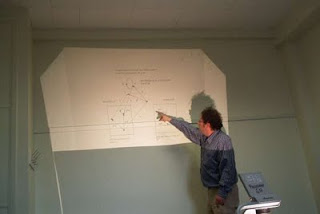Posts
Showing posts from July, 2011
Posted by
RoyTCook
Roy's Fortnightly Puzzle: Volume 7
- Get link
- X
- Other Apps
Posted by
Catarina
Mathematical reasoning and external symbolic systems
- Get link
- X
- Other Apps
Posted by
Catarina
Eulogy for Horacio Arló-Costa
- Get link
- X
- Other Apps
Posted by
Jeffrey Ketland
Tree Proof Generator
- Get link
- X
- Other Apps
Posted by
Jeffrey Ketland
What's Hot in Mathematical Philosophy? #2 (The Reasoner)
- Get link
- X
- Other Apps
Posted by
Jeffrey Ketland
Adding an Interpretation to a Collection of Structures
- Get link
- X
- Other Apps

Posted by
Jeffrey Ketland
Interpreting a Structure
- Get link
- X
- Other Apps
Posted by
Jeffrey Ketland
On the Model-Theoretic Conception of Scientific Theories
- Get link
- X
- Other Apps
Posted by
Catarina
In Memory of Horacio Arló-Costa
- Get link
- X
- Other Apps
Posted by
Catarina
Workshop: Formal Semantic Evidence
- Get link
- X
- Other Apps
Posted by
RoyTCook
Roy's Fortnightly Puzzle: Volume 6
- Get link
- X
- Other Apps
Posted by
Vincenzo Crupi
The maths of the cube
- Get link
- X
- Other Apps
Posted by
Catarina
What is it like to be a blind mathematician?
- Get link
- X
- Other Apps
Posted by
Catarina
Visiting Scholarships for NIP in Aberdeen
- Get link
- X
- Other Apps
Posted by
Vincenzo Crupi
Change in perspective
- Get link
- X
- Other Apps